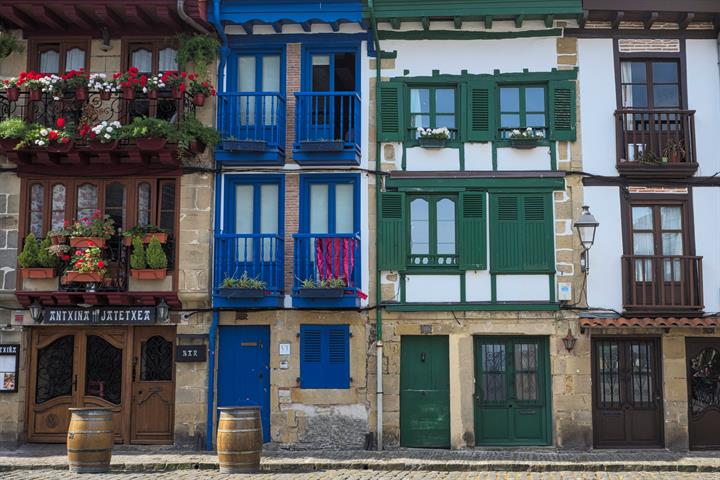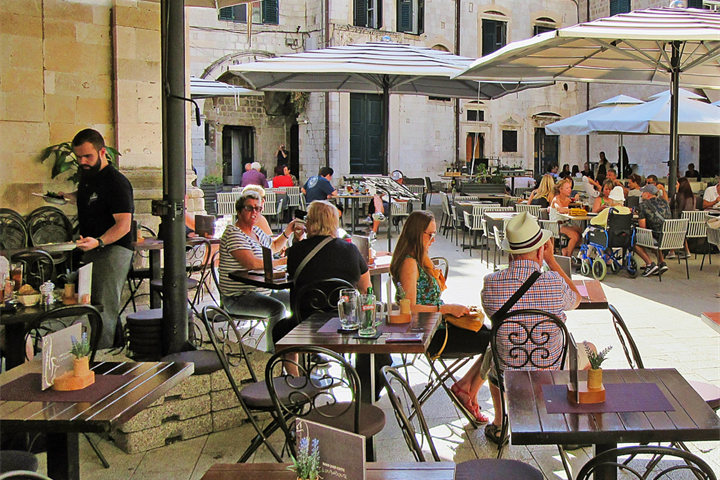Aragon toeristische informatie en video
Vakantie informatie, feiten, foto's en video van Aragon
Featured vakantiehuizen in Spanje
Activiteiten om te doen tijdens uw verblijf hier
Niet te missen plaatsen in Aragon
Recensies over Aragon
Gemiddelde score - Gebaseerd op 19 recensies.
Stad
| Stad: |
Geschreven door: Willem-Jan Kaak
20 aug 2017
Deze opinie is in Nederlands
Deze opinie is in Nederlands
Misbruik melden
U meldde dit als misbruik
| Stad: |
Geschreven door: Marloes van Vliet
1 jul 2016
Deze opinie is in Nederlands
Deze opinie is in Nederlands
Misbruik melden
U meldde dit als misbruik
| Stad: |
Geschreven door: Jos Loeckx & Hilde Deprez
26 jul 2011
Deze opinie is in Nederlands
Deze opinie is in Nederlands
Misbruik melden
U meldde dit als misbruik
| Stad: |
Geschreven door: CHARLES SELS
27 aug 2019
Deze opinie is in Engels
Deze opinie is in Engels
Misbruik melden
U meldde dit als misbruik
| Stad: |
Geschreven door: Ana Kosoy
16 aug 2019
Deze opinie is in Engels
Deze opinie is in Engels
Misbruik melden
U meldde dit als misbruik
| Stad: |
Geschreven door: Jacqueline Weijer
11 aug 2019
Deze opinie is in Engels
Deze opinie is in Engels
Misbruik melden
U meldde dit als misbruik
| Stad: |
Geschreven door: Jimmy
3 apr 2019
Deze opinie is in Engels
Deze opinie is in Engels
Misbruik melden
U meldde dit als misbruik
| Stad: |
Geschreven door: Hewa Ali
6 mei 2018
Deze opinie is in Spaans
Deze opinie is in Spaans
Misbruik melden
U meldde dit als misbruik
| Stad: |
Geschreven door: Joris de Boer
5 nov 2017
Deze opinie is in Engels
Deze opinie is in Engels
Misbruik melden
U meldde dit als misbruik
| Stad: |
Geschreven door: PARMENTIER
8 okt 2017
Deze opinie is in Spaans
Deze opinie is in Spaans
Misbruik melden
U meldde dit als misbruik
| Stad: |
Geschreven door: Sarah Evans
29 aug 2017
Deze opinie is in Engels
Deze opinie is in Engels
Misbruik melden
U meldde dit als misbruik
| Stad: |
Geschreven door: Virginie Petit
28 aug 2017
Deze opinie is in Frans
Deze opinie is in Frans
Misbruik melden
U meldde dit als misbruik
| Stad: |
Geschreven door: Richard Johnson
24 aug 2016
Deze opinie is in Engels
Deze opinie is in Engels
Misbruik melden
U meldde dit als misbruik
| Stad: |
Geschreven door: Christian Singer
24 jun 2016
Deze opinie is in Duits
Deze opinie is in Duits
Misbruik melden
U meldde dit als misbruik
| Stad: |
Geschreven door: Bebre Kristine
22 jun 2016
Deze opinie is in Engels
Deze opinie is in Engels
Misbruik melden
U meldde dit als misbruik
| Stad: |
Geschreven door: Toon y Elly
18 sep 2015
Deze opinie is in Engels
Deze opinie is in Engels
Misbruik melden
U meldde dit als misbruik
| Stad: |
Geschreven door: Rougier Nadine
23 aug 2015
Deze opinie is in Frans
Deze opinie is in Frans
Misbruik melden
U meldde dit als misbruik
| Stad: |
Geschreven door: Anna
30 jul 2014
Deze opinie is in Engels
Deze opinie is in Engels
Misbruik melden
U meldde dit als misbruik
| Stad: |
Geschreven door: Heather wallace
22 jun 2012
Deze opinie is in Engels
Deze opinie is in Engels
Misbruik melden
U meldde dit als misbruik






